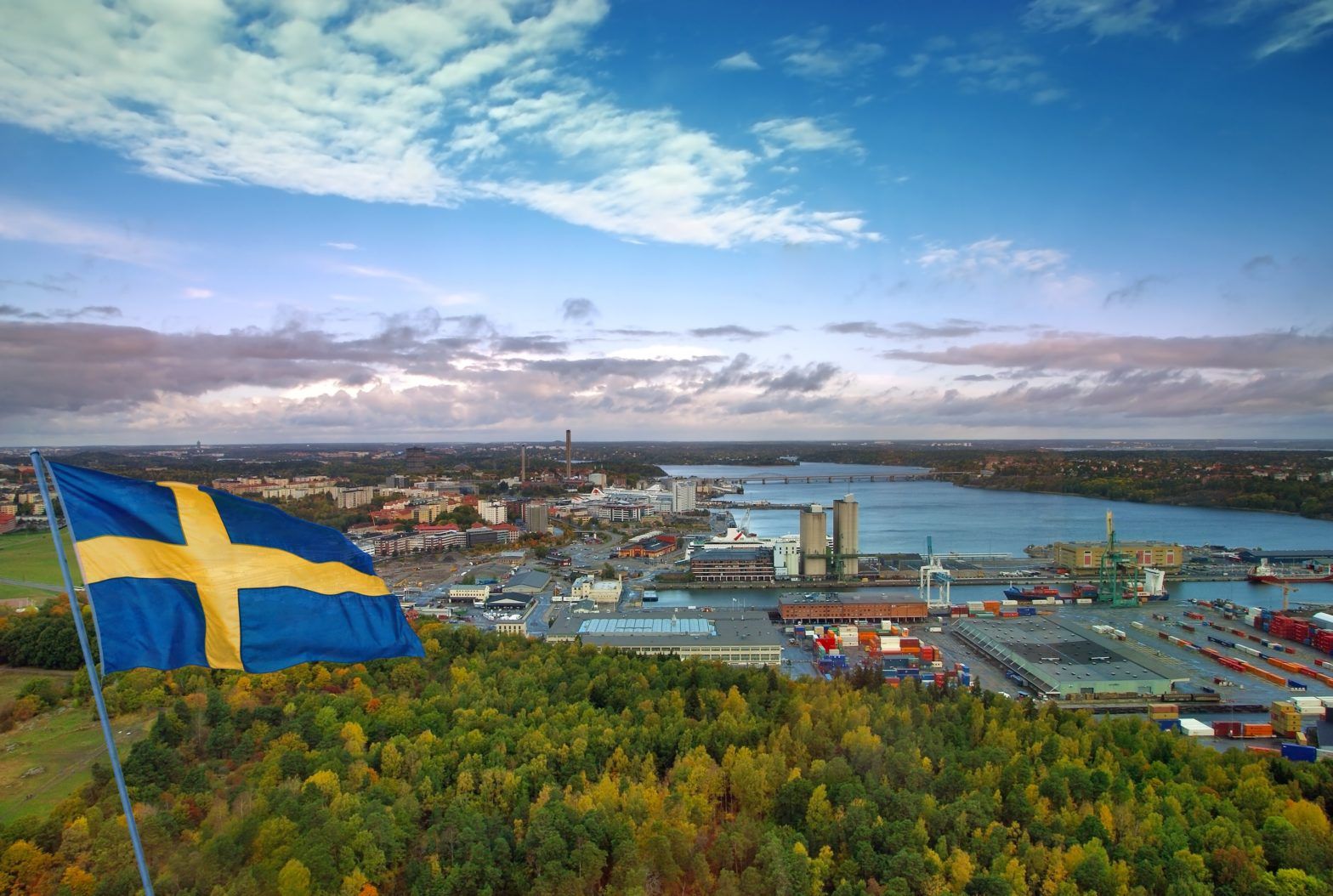Sweden’s GDP is expected to expand 2.8% this year and the OMX Stockholm 30 has been performing strongly. There is, however, an element of uncertainty in the Nordic region’s largest economy.
Despite solid growth and a tightening labour market, Sweden’s central bank the Riksbank held its benchmark rate at minus 0.5% in its April meeting – where it has stood for more than three years.
“The central bank is cautious about the macro economy,” said Chris Bailey, European Strategist, Raymond James Financial.
One reason for the Riksbank’s caution is a slump in the Swedish property market. House prices had been soaring on the back of ultra-low interest rates, but valuations became inflated and prices have fallen about 10% since summer 2017.
Another reason for uncertainty is the upcoming general election. The country heads to the polls in September to elect a new parliament and prime minister. “The central bank is nominally independent and does not want to do something too aggressive ahead of an election and get accused of playing politics,” Bailey continued.
Another factor is the outlook for global trade. The Swedish economy is more globally intertwined than its Nordic neighbours. In a list of the top 15 largest Nordic companies, eight are Swedish. “Sweden is very geared towards world trade,” Bailey said. A rise in protectionist rhetoric – and the risk of a trade war between China and the US – has therefore added to the sense of uncertainty.
In this cautious environment, where are the investment opportunities?
Industrial plays
Over the last year, the Swedish krona has depreciated almost 9% against the euro, which of course could push up the cost of imports, but this this fall also may help create attractive investment opportunities.

The krona had been strong against the US dollar – which has fallen about 13% against the euro since the start of 2017 – but the slump in the value of the Swedish currency over the last year could prove a welcome shot in the arm for Swedish exporters.
“The most important factor for Swedish investment is the FX rate and the direction of world trade,” Bailey said.
Many leading companies on the OMX Stockholm 30 are outward-looking global groups such as household appliance maker Electrolux, mining group Boliden and pharmaceutical giant AstraZeneca. Two sectors in particular dominate: banks and industrial machinery.
“Aside from trade war fears, the prospects for the global economy at the moment present more of an opportunity than a threat,” Bailey continued.
The IMF forecasts global growth of 3.9% this year and next – up 0.2% on 2017. China, meanwhile, is expected to grow 6.5% this year despite concerns over a slowdown led by clampdown on factory pollution and public debt. China is a key export destination for Swedish industrial groups such as tool manufacturer Atlas Copco, engineering group Sandvik and bearing manufacturer SKF (Svenska Kullagerfabrike).
“You get a double whammy positive of better world trade and slightly cheaper currency,” Bailey said.
The big Swedish industrial corporates made sizable gains between 2009 and 2014 which pushed up valuations resulting in a period of sideways movement for the share prices because they got too expensive.

However, the fall in the value of the krona should provide a boost to these export-driven companies and make their valuations more attractive.
“Companies such as Atlas Copco, Sandvik and SKF all have potential – if currency keeps falling and world trade doesn’t take a turn for the worst – to once again become interesting relative plays,” Bailey said.
SKF, for example, the world’s largest ball bearing manufacturer should benefit from a surge in global growth as ball bearings are such a vital and ubiquitous industrial component.
The big Swedish banks – such as Nordea, SEB (Skandinaviska Enskilda Banken) and Handelsbanken – obviously lend to Swedish industrial groups and any uptick in their performance should boost their results. Swedish lenders have generally enjoyed a strong performance in recent years after escaping the global financial crisis relatively unscathed. However, recent results have been weaker than expected and valuations remain high.
“The opportunity in Sweden is not in the banks,” Bailey added. “The opportunity in Swedish market may lie in the engineering and industrial sector as a response to a falling exchange rate.”







